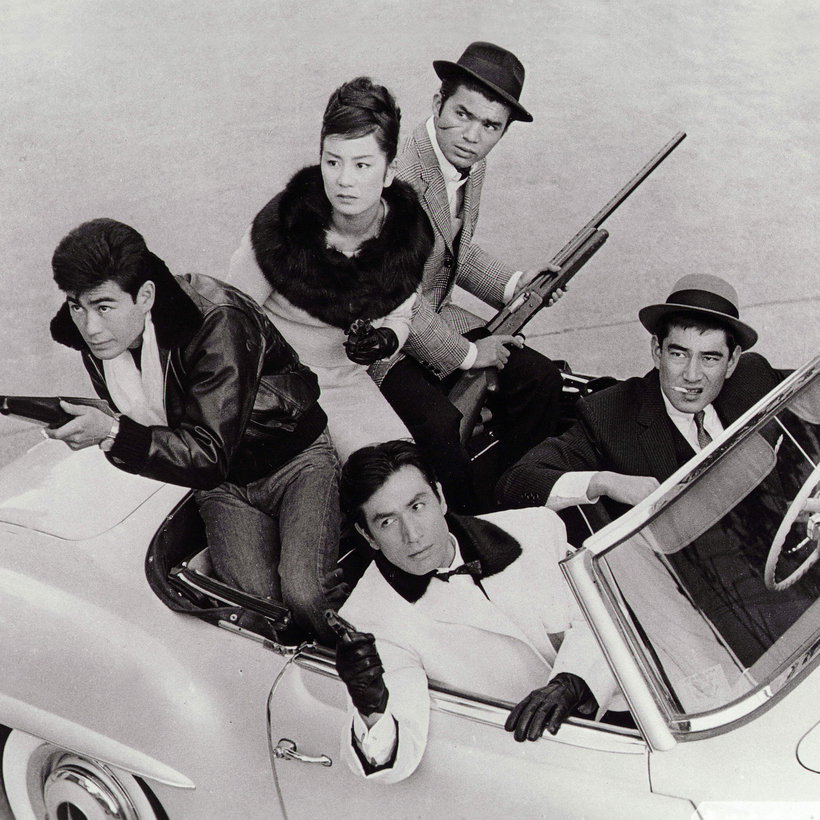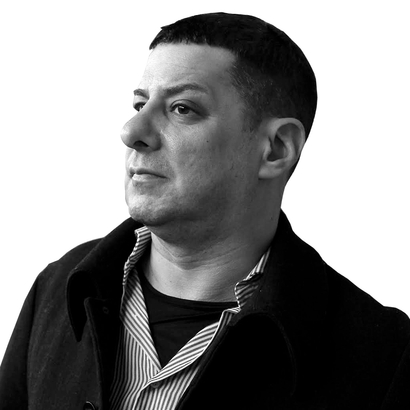In every corner of the world, a complex web of codes defines the way various organizations and professions operate. Groups from the police to Buddhist priests to the yakuza, Japan’s Mafia, adhere to their own set of principles. For Japanese journalists, there are four fundamental rules: truth reigns supreme, sources must be protected, and, if source protection falters, so does the pursuit of truth. The fourth tenet is the most controversial. Unless someone explicitly says “off the record,” every utterance is considered fair game to publish.
But what if the ground rules shift dramatically? What if disclosing information given willingly could condemn a source to a life behind bars, or worse? This was the precarious position I found myself in during the legal review of my second English-language book, The Last Yakuza, in 2011. The book tells the history of the post–World War II yakuza by detailing the careers of a few yakuza bosses. I focused on one particular yakuza boss and his close friends in the Inagawa-kai crime family.
The antihero of the book is Makoto Saigo. That’s not his real name, because he really, really didn’t want to go to jail. But he wanted his story told, and he wasn’t ashamed of his life of crime.

I’d taken all this into account while reporting the book, in 2008, but I didn’t know I was sitting on a time bomb. The Japanese government was about to make the country’s criminal-justice system more severe. On April 28, 2010, Japan ended the statute of limitations on some serious crimes, such as murder. This change aimed to ensure murderers could not evade justice. Unlike typical legal changes, the removal of the statute of limitations on murder was to be applied retroactively, impacting crimes committed long before the reform was put into effect.
I felt like I had been sucker-punched in the gut. Those who had spoken candidly to me believed they were beyond the law’s reach. That was no longer the case. There were many gray areas about what crimes would fall under the reach of the new law. The simple act of firing a gun might be enough to get two of the yakuza I interviewed sent to jail.
Letters from Underground
In 1993, Ogawa, one of Saigo’s underlings in the Inagawa-kai family, was sent to collect payment on an outstanding loan to a travel agency. In fact, the agency was a front company for the Yamaguchi-gumi Kodo-kai. At the time, the Yamaguchi-gumi, which was founded in 1915, was the largest yakuza group in Japan, with nearly 40,000 members and formidable opponents. Meanwhile, the Inagawa-kai had a fourth of that number, just 10,000 members nationwide.

When Ogawa surprised the travel-agency boss, he was shot in the face and died. It set off a chain of events that could have turned into a gang war. But Saigo and his underlings knew that there was a high chance that a truce would be called before they could retaliate. So, with tacit permission from their boss, they set out on a mission to avenge the death.
One night, Saigo and Hanzawa, another Inagawa-kai member, went to shoot up the Kodo-kai office in Tokyo. Saigo had never fired a gun before. He aimed it squarely at the office door and pulled the trigger, and the bullet ricocheted back, grazing his left foot and creating a hole in his shoe. Hanzawa fired several shots at the door. Nothing happened.
Hanzawa and Saigo looked at each other and then decided to knock on the door. There was no answer. They didn’t want to get in trouble for firing shots, so they left immediately. They soon found out that the Kodo-kai had closed down that office months before because the entire building had been condemned.
The events don’t make Saigo or his buddy look very bright. But with Japan’s extremely harsh gun-control laws, just owning a gun is a serious crime. Brandishing a firearm or a sword in public without a valid reason is prohibited, with violators facing up to two years in jail or a fine of 300,000 yen ($2,050). Possessing either weapon without a license can lead to up to 15 years in prison. If a firearm is shot, even if it doesn’t hurt anyone, it can lead to a staggering 20 years in prison. Should someone with a gun inflict death or injury, the punishment might escalate to a life sentence. Killing more than two people might result in the death penalty.

Firing a gun in Japan, even if it’s into a wall, can be prosecuted as attempted murder. It’s part of prosecutors’ playbook for getting tough on yakuza. According to former prosecutor Toshiro Igari, lawyers can argue that any sane person knows that firing a gun carries the possibility that the bullet could penetrate the wall and kill someone. Therefore, it’s the legal equivalent of attempted murder.
The current statute of limitations for attempted murder is 25 years. Some lawyers argue that the 2010 revisions to the penal code wouldn’t affect a case as old as 1993. Yet others argue that in certain cases, such as attempted murder, the statute of limitations could be suspended.
The simple act of firing a gun might be enough to get two of the yakuza I interviewed sent to jail.
A few of the bosses I had spoken with confessed to killing other rival yakuza in their youth. Maybe they were just bragging to appear tough. Maybe they wanted to get it off their chests. It didn’t matter—they could now be prosecuted for it.

I wondered what the hell I should do with my book. Publishers proposed various solutions, from obtaining release forms from every interviewee to reshaping the book’s narrative. Trust me on this one: you don’t want to go back to a yakuza you’ve interviewed to ask for permission to quote him. I’d made that mistake once and gotten kicked in the head for doing so. My other option was adhering to the rule that if someone doesn’t declare “off the record,” their quotes are fair game for a journalist.
In the end, I re-wrote major portions of the book. I combined Saigo’s story with those of a few other bosses so no crimes could be pinned on him. I took out some stories. I changed dates and locations. I decided to use real names only if the yakuza in question was dead or their arrest and conviction was a matter of public record or already printed in a newspaper.
My book chronicles the kidnapping of yakuza bosses and the pre-meditated murder of the wrong man. What had been shared on the record was now a potential liability for those involved. I was able to put these anecdotes into the book’s new edition only because my primary source died during the pandemic. Otherwise, the story would have stayed buried.
I’ve covered the Japanese underworld for 30 years. The yakuza, who often resort to blackmail and extortion, have some wonderful secrets to share. But they always have ulterior motives for doing so. If they give me the intel, I’ll happily take it, but I make it clear that I’m doing them a favor, not the other way around. You never want to owe anything to a yakuza.
That said, if your source is a yakuza, or a cop, or even a crooked politician, once they’re your source, you owe them the decency of protecting their identity. I haven’t always succeeded, but at least I try.

Jake Adelstein’s The Last Yakuza is out now from Scribe


